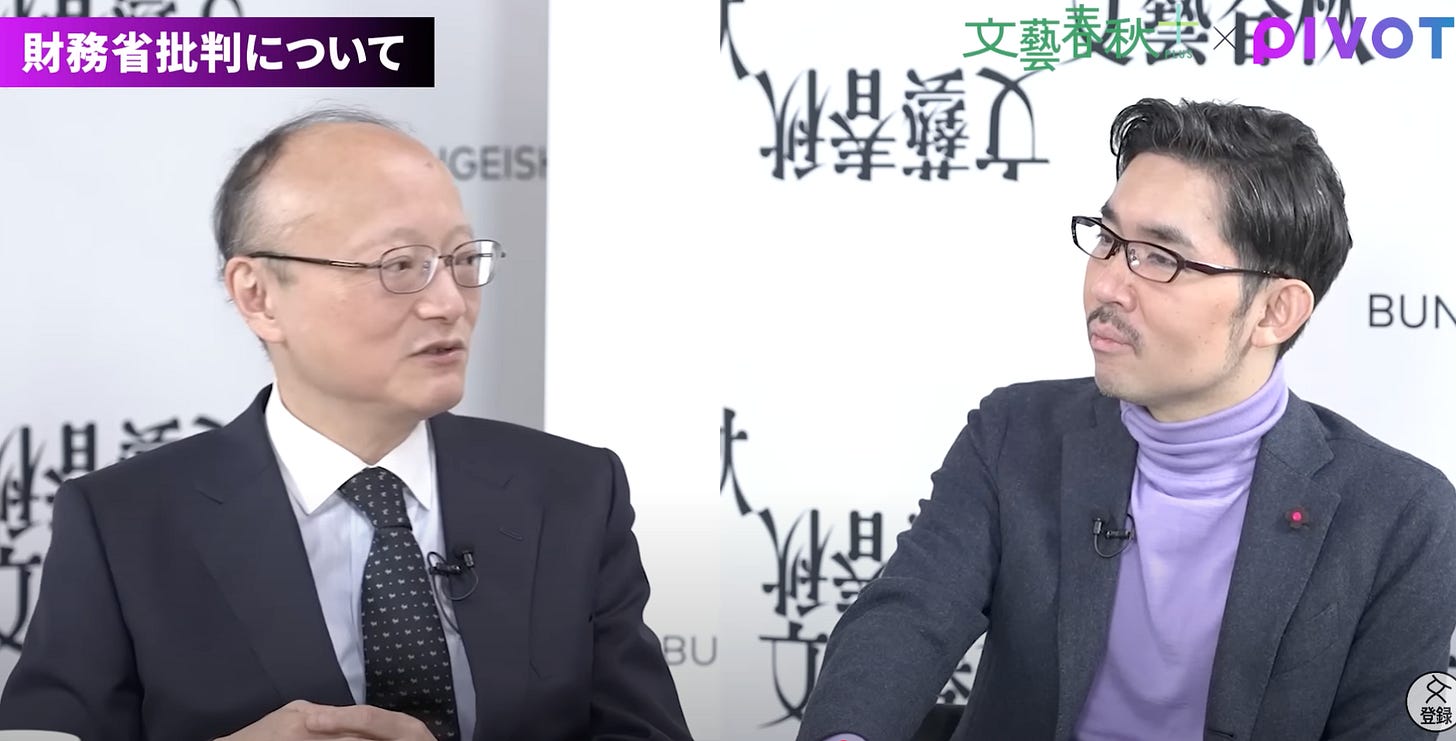Much Ado About the Nikkei: Sleeping Through the Storm
With a tariffs deal in sight, Japan is showing surprising resilience and regained confidence
Welcome to Japan Business Secrets, where we look beyond the headlines to decode what’s really happening inside Japan’s markets and corporate world.
Sometimes, a break gives you the best perspective.
What if you had invested in the Japanese stock market on the last day of March, slept through all of April, and only woke up now during Golden Week?
You would have missed angry headlines about the irrational man in Washington, a rebound in the Japanese yen against the dollar, and some of the wildest market swings in recent memory. All while you slept soundly.
A lot of noise. Very little signal.
Now that feels like April 2025, a month that I spent away from Japan and the news cycle.
But now that I’m back, let’s break it down.
🔹 What April’s Turbulence Tells Us About Japan
This isn’t a newsletter about investing in the Japanese stock market — others on this platform do that brilliantly (check out Jesper Koll’s Japan Optimistic). But I often refer to the Nikkei index as a proxy for sentiment in the Japanese economy.
The Nikkei started out at 35,961 and ended the month basically flat at 36,045.
And in between?
You would have missed one of the sharpest crashes and fastest rebounds in the past few decades. On April 7, following Trump’s announcement of a hardline reciprocal tariff policy, the Nikkei opened the week with a dramatic 3,000-point drop — an 8.8% intra-day plunge. That’s on par with the shocks seen after Lehman or the 3/11 disaster.
Three weeks on, the headlines of a global recession fade. You’d now be looking at a 19.6% rebound — a full-blown V-shaped recovery, reminiscent of the post-Covid snapback.
Despite the drama, Japan’s markets have shown remarkable resilience. Panic yes, but no meltdown. Just a quiet return to baseline.
Meanwhile, the yen gained strength, climbing from 150 to 140 against the dollar (now settling at 144). That’s made fuel, food, and other imports more affordable — a welcome shift for Japanese importers.
One month on, the rhetoric has shifted. Japan is gaining confidence.
🔹The Bigger Lesson: A Japan That’s Ready to Say "No”
April was a month of turbulence — but also of transformation.
Behind the headlines, something bigger was happening: Japan found its footing. For the first time in recent history, Japanese negotiators stopped being cautious and started being clear.
No to linking tariffs to U.S. military payments
No to compromising Japanese safety standards
No to trade-offs involving U.S.-led alliances targeting China
This new assertiveness isn’t accidental — it’s strategic. And it’s backed by real leverage.
Take Finance Minister Katsunobu Kato’s recent comments. He later walked them back, but he openly suggested that Japan’s $1.1 trillion in U.S. Treasury holdings might be “on the table” in negotiations — something no Japanese cabinet minister has dared to say since 1995.
In short, Japan isn’t just playing defense anymore. Its chief negotiator is expecting a trade deal by June, and I’d be surprised if he doesn’t succeed in imposing favorable terms for key exports like automobiles.
After all, few countries invest more in the U.S. than Japan.
Tokyo is signaling confidence. And Washington will pay attention.
🔹Mr. Yen Speaks — Japan At Economic Crossroads
One voice cut through the noise more clearly than most last month: Masato Kanda, Japan’s former Vice Minister of Finance and new President of the Asian Development Bank.
On Pivot — one of Japan’s top YouTube business shows — Kanda made three bold points:

The debt party needs to end — eventually
With government debt at 260% of GDP, Japan can’t keep handing out 30 trillion yen in deficit spending year after year. “Unnatural,” he called it — and unsustainable.Demographic pressure is rising.
Kanda warned that without bold political and demographic reform, Japan faces a future of slow-motion stagnation. The population crisis demands a rethink of immigration, workforce policies, and social security.Corporate cash is a hidden weapon.
Japan’s non-financial corporations are sitting on 370 trillion yen in cash and deposits. That capital must be mobilized — not hoarded — to drive reskilling, innovation, and productivity.
His message: Japan needs reform — and if the government won’t change, the private sector holds an important key.
From his new post in Manila, Kanda is no longer in the thick of things in Tokyo’s Kasumigaseki. Without the direct responsibility of shaping METI’s actions, he can speak more freely — but his remarks still carry weight, reflecting the structural challenges Japan faces.
Let’s see what May has in store for us.
Wishing you a strong start to the week.
Talk soon.
Pascal





